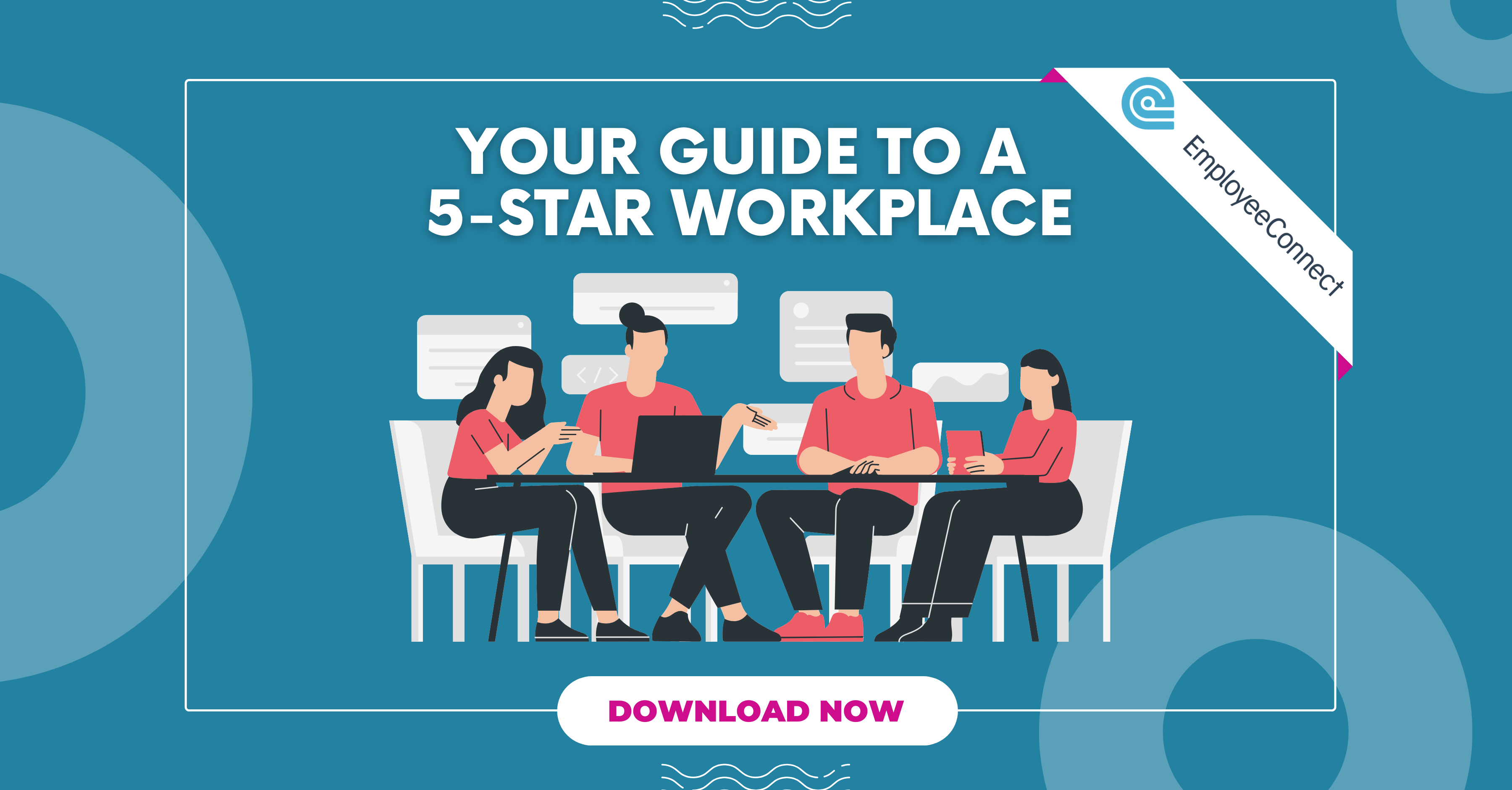
The Importance of an Off Boarding Checklist
Many organisations focus on an excellent onboarding process, ensuring that new employees have a fantastic first experience with the company. However, when an employee leaves an organisation because of termination, resignation or other reasons HR must complete a certain set of activities. This is when an employee off boarding checklist needs to be incorporated. Successfully offboarding an employee is extremely important for several reasons. This article will focus on employee off boarding and what it is, why it’s important and what must be included in an off boarding checklist to effectively offboard someone.
What is Off boarding?
Employee offboarding is the process during which an employee transitions out of the organisation and parts with the people they worked for. Specifically, it involves the formal processes needed for proper separation between the terminated employee and the employer. This includes all the options and phases which take place when an employee departs. When an employee leaves an organisation the services of an employee does not stop instantly there is a step-by-step process that needs to be adhered to, to ensure that someone is offboarded successfully, having an offboarding checklist helps. Essentially employee offboarding is about tying up loose ends. Often the offboarding process isn’t at the forefront of the mind for HR Managers, neglecting onboarding can be a big mistake.
5 reasons Offboarding an employee successfully is important?
- Offboarding an employee successfully will increase your chances of the ex-employee being an advocate of the organisation. Performing offboarding incorrectly may burn valuable bridges.
- Security of your data is extremely important. Offboarding an employee successfully will ensure the correct processes are in place regarding security. Many organisations have said that they experienced data breaches due to ex-employees and have attributed this to poor offboarding checklists and processes.
- Although you may be losing an employee a successful onboarding process will allow you as an organisation to understand why this employee is leaving and allow you to make changes to mitigate further turnover of high performing staff members.
- When offboarding an employee who has animosity towards your organisation a proper offboarding process will mitigate and protect your business from any potential legal action the employee might attempt to pursue, such as unfair dismissal etc.
- One aspect overlooked is that former employees become future employees. Off boarding a high performing employee successfully means they may return in the future in another role.
Now that we have explored a few reasons as to why off boarding someone effectively is important let’s explore what should be included in an offboarding checklist to ensure a successful offboard.
What to include in an offboarding Checklist?
- Communicate about the departure: Managers should inform their team and HR as soon as possible about an employee’s departure. This will eliminate company gossip and allow HR to initiate the offboarding process.
- Ensure a transfer of knowledge: Knowledge transfer is extremely important whether you have hired a replacement or not. You must ensure that you retain the employee exiting’s knowledge in the company. It may be the day-to-day tasks or they may have knowledge of using a system that no one else in the organisation uses. It’s extremely important to have a plane in place for a proper handover in your off boarding checklist.
- Recover Company Assets: Companies lose a lot of money annually due to employee theft. Once you have made the decision to terminate an employee or an employee resigns it is important as part of your offboarding checklist that you ensure you have retrieved any assets which have been to that employee.
- Security Check, Update IT Permissions and access: It is imperative that when an employee is leaving an organisation that IT and HR revoke security access. Depending on the employees’ position in the organisation they may have access to multiple systems and confidential information. Part of the off boarding checklist should include restricting access and ensuring once the employee has left the organisation that they can no longer have visibility of any confidential information.
- Update the Org chart and company directory: Updating your organisation chart and company directory ensures your approvals flow remains current and confusion is avoided.
- Perform an Exit Survey or Exit Interview: If possible, this step in the offboarding checklist can be very useful. Conducting an exit survey or exit interview will provide you with insight into the culture of your business areas that you are doing well in or areas that you can improve on to avoid turnover.
- Complete the final pay run: This should be a no brainer, and most payroll systems have this as an inbuilt feature. However extremely important and one of the last items to tick off on your offboarding checklist. Communicating to payroll key dates will assist them in facilitating the final pay and any other outstanding tasks.
We have discussed what off boarding is, why it is important and what should be included in an offboarding checklist. What is often overlooked is how to streamline the process and extend the benefits of completing an off boarding checklist. There are many tools that will assist an organisation in successfully completing the offboarding process. A human resource management system will ensure you tick all the boxes, and nothing slips through the cracks.
Free to download our eBook NOW!
Creating the ideal place to work is not an easy task. It means building an environment that is gratifying by nature for the people that evolve in it: your employees. It’s building a place that makes sense and respond t0 both the physiological and psychological needs of your workforce on a group and individual level. If a salary constitutes a satisfying source of job satisfaction…
This guide to creating a happy workplace contains what you need to provide your employees with the environment and conditions they need to produce the best possible outcomes for your business.

